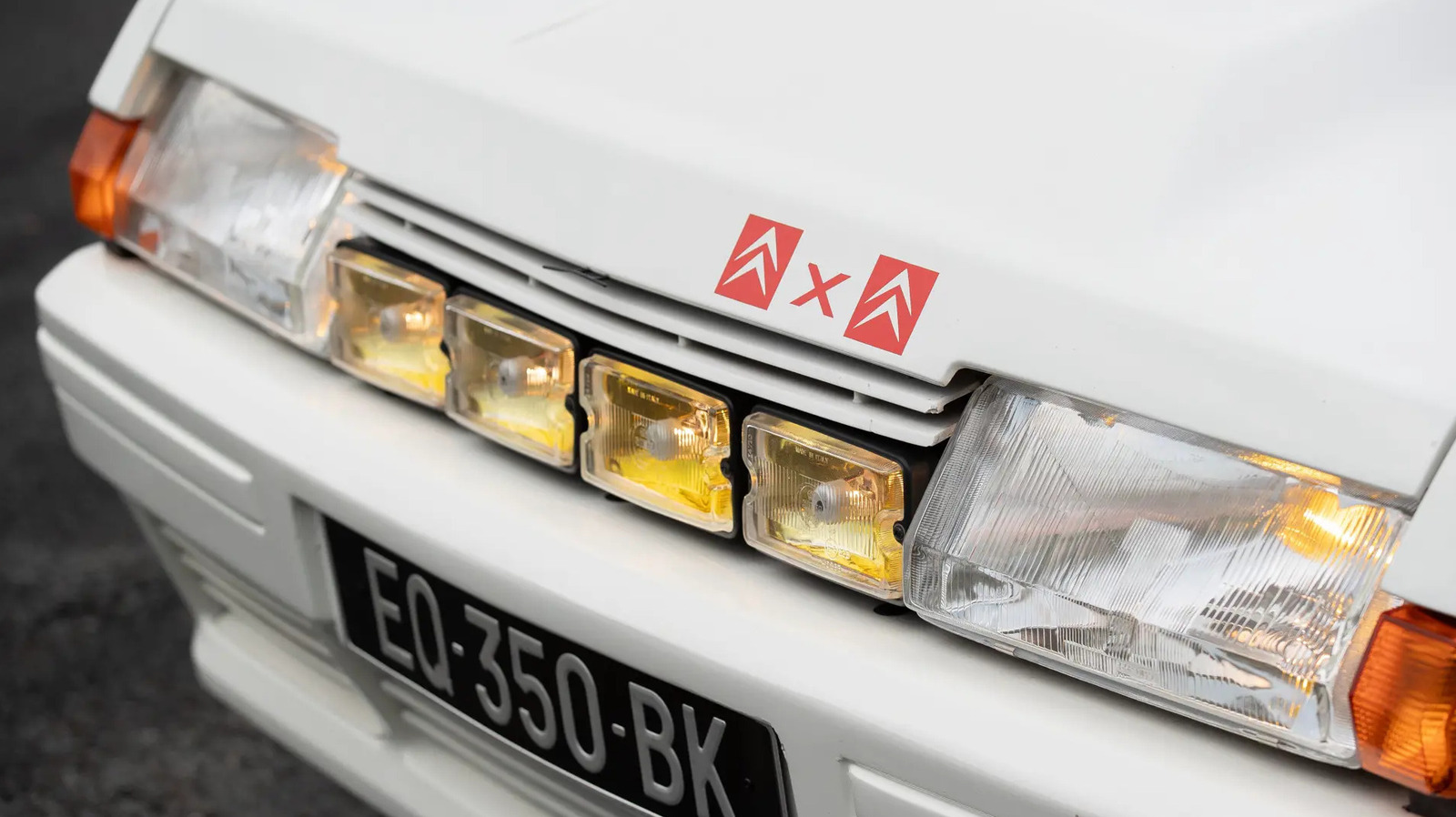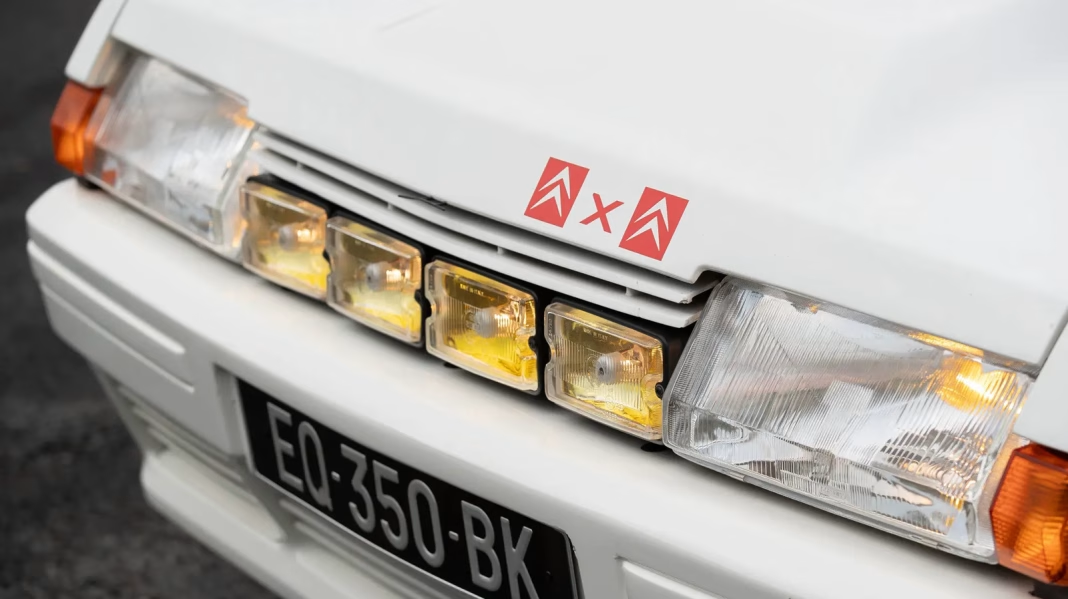Imagine driving through the streets of Paris or Lyon in the mid-20th century, surrounded by a soft, warm glow emanating from the headlights of every car on the road. This wasn’t just a stylistic choice; it was a government mandate that lasted for over half a century. From 1937 to 1993, all cars sold in France were required to have selective yellow headlights. But why did this peculiar regulation exist, and what impact did it have on drivers and the automotive industry?
The Science Behind Yellow Headlights
At first glance, the idea of yellow headlights might seem outdated or even quirky. However, there’s a solid scientific rationale behind it. Yellow light, particularly in the spectrum of 3000 Kelvin, has been shown to reduce glare and improve visibility in adverse weather conditions, such as rain or fog. This is because yellow light scatters less than white light, allowing for clearer sightlines in challenging environments.
French authorities believed that by standardizing yellow headlights, they could enhance road safety. The goal was to minimize accidents, especially during the foggy winters that are common in many regions of France. In fact, studies indicated that yellow headlights could improve visibility by as much as 20% in poor weather conditions.
Cultural Significance and Aesthetic Appeal
Beyond the practical reasons, yellow headlights became a cultural hallmark of French automobiles. They were seen as a symbol of French identity, setting their vehicles apart from the rest of Europe, where white headlights were the norm. This unique feature was embraced by many drivers, who associated it with the elegance and charm of French motoring.
Interestingly, this regulation also influenced car design. Manufacturers had to adapt their models to accommodate the yellow lights, which became an integral part of the car’s aesthetic. The result? A distinctive look that many enthusiasts still cherish today.
The Shift to White Headlights
Fast forward to the early 1990s, and the landscape of automotive lighting began to change. Advances in technology brought about more efficient and powerful white headlights, which offered better illumination and visibility. As safety standards evolved and the European Union began to harmonize regulations across member states, the French government lifted the requirement for yellow headlights in 1993.
This shift was met with mixed feelings. While many welcomed the improved visibility of white lights, others mourned the loss of a unique aspect of French automotive culture. The transition marked the end of an era, but it also paved the way for innovations in lighting technology that continue to enhance road safety today.
What Can We Learn from This?
The story of France’s yellow headlights is a fascinating blend of science, culture, and regulation. It reminds us that sometimes, what seems like a simple design choice can have deeper implications for safety and identity. As we navigate our own choices—whether in driving, design, or daily life—consider how small adjustments can lead to significant improvements.
The big takeaway? Embracing change isn’t about perfection—it’s about smarter adjustments. Whether you’re tweaking your car’s features or making lifestyle changes, start with one small change this week, and you’ll likely spot the difference by month’s end.


